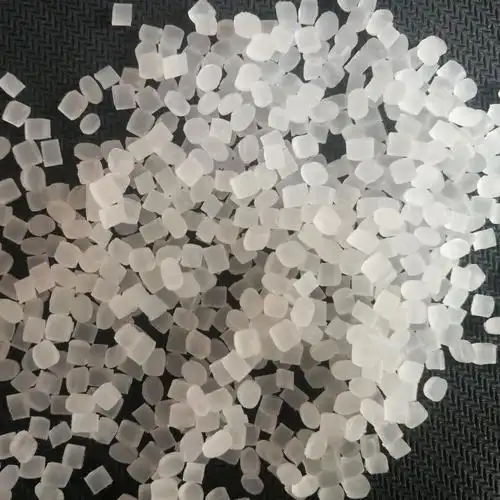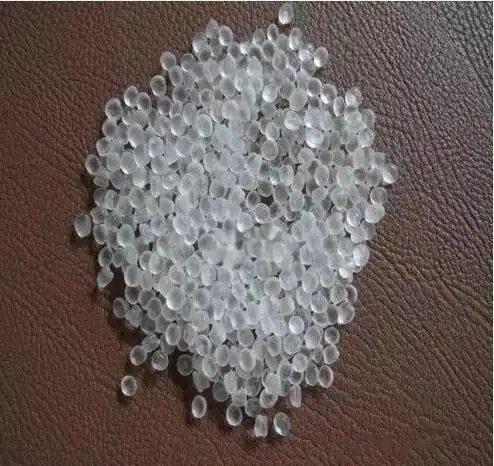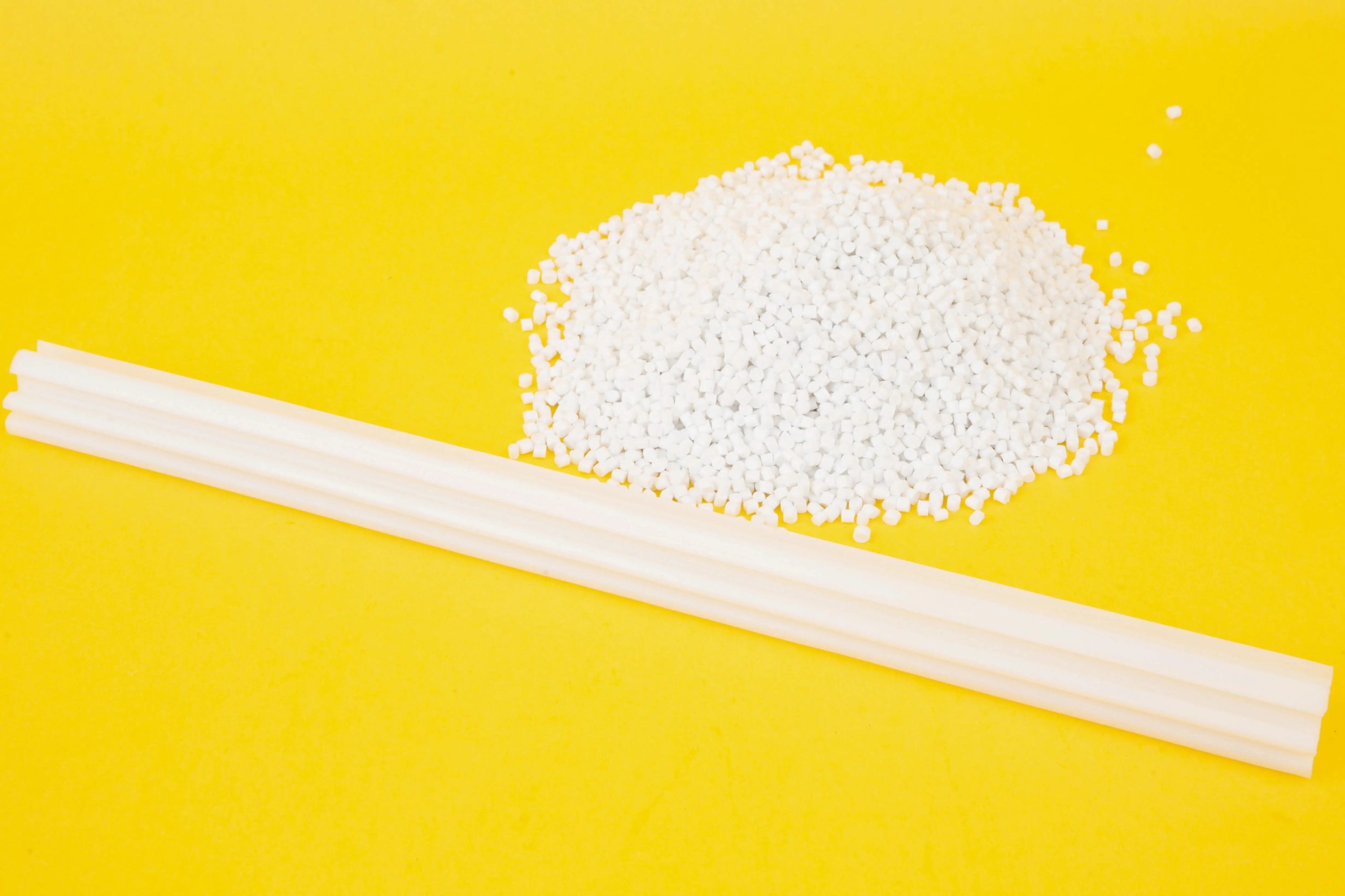I’ve been in the field of specialty adhesives and polymer materials for more than a decade. Over the years, I’ve come across countless manufacturers and engineers grappling with one deceptively tricky issue: finding the right double-sided adhesive with a release liner that doesn’t crack when applied to TPE (Thermoplastic Elastomer).
If you’re reading this, chances are you’re wrestling with exactly that. Perhaps you’re developing a TPE overmolded product that needs a secure double-sided adhesive to bond to another substrate, or maybe you’re supplying precision die-cuts where dimensional stability matters. Either way, you’ve probably encountered cracking, curling, or even wrinkling of the liner — all of which can compromise the integrity of your product.
Let me walk you through this from an insider’s perspective, share why this happens, what options are on the table, and what’s worked best in my real-world projects.

Why does the release liner crack on TPE?
TPE is widely loved for its soft touch, flexibility, and rubber-like elasticity, but ironically these very features can make it challenging to pair with adhesives. Unlike more rigid plastics, TPE’s surface can move or stretch under stress — pulling on the adhesive layer.
If the double-sided tape’s release liner isn’t compatible, here’s what can happen:
Micro-cracks appear on the liner, especially during die cutting or bending.
Fractures on the liner when the TPE is flexed after lamination.
The liner doesn’t lay flat, resulting in wrinkles or bubbles.
When peeled, it may tear unevenly, leaving residue or partial liner pieces stuck.
This is most common with PET (polyester) release liners, which are rigid and prone to cracking under flex.
Common release liner options (and how they fare with TPE)
Here’s a simplified table from my own comparative trials, to give you a quick snapshot.
| Release liner type | Flexibility on TPE | Typical problems | Best application |
|---|---|---|---|
| PET (polyester) | Poor | Cracks easily, tears during bending | Flat, rigid substrates only |
| Glassine paper | Medium | May absorb moisture, slight curl | Economy general bonding |
| PE-coated paper | Good | Some risk of splitting on sharp edges | Flexible parts, moderate curves |
| PP (polypropylene) | Excellent | Rare cracking, maintains integrity | Best for TPE, complex shapes |
Based on years of hands-on testing and post-production feedback, polypropylene (PP) release liners paired with a well-matched acrylic adhesive are by far the most reliable choice for TPE. They offer:
Superior flexibility, bending with the TPE without micro-fracturing.
Stable peel characteristics, reducing uneven removal.
Lower static build-up, minimizing dust attraction — critical for optical or display parts.
Less moisture absorption than paper-based liners, reducing risk of curl in humid environments.
When dealing with extremely soft TPE grades (like <30 Shore A), PE-coated papers also perform decently, but for demanding geometries — think wearable devices, automotive seals, or overmolded consumer electronics — PP shines.

Choosing the right adhesive system also matters
It’s not just about the liner. The adhesive itself plays a critical role. I’ve often found customers defaulting to standard double-sided tapes meant for metals or rigid plastics, only to run into problems with TPE.
TPE’s surface energy can be quite low (28-35 dynes/cm), meaning many general-purpose adhesives struggle to wet out and achieve full contact. This results in partial bonding that stresses the liner unevenly.
Best practices from my own projects:
Use modified acrylic adhesives designed for low surface energy plastics. 3M 9472LE or equivalent is a classic example.
If you need repositionability, look for differential adhesives with a low-tack side.
Always test with your exact TPE grade; small differences in fillers or UV stabilizers can change bond characteristics.
Case study: fixing cracked liners on a TPE medical grip
A client of ours was manufacturing ergonomic TPE grips for a high-end medical device. They initially used a standard double-sided tape with a PET liner. During assembly, the grips were slightly compressed and flexed to snap into place, which caused hairline cracks on the PET liner — sometimes visible even before the liner was peeled.
Switching to a PP release liner solved the problem. We also changed to an adhesive specifically engineered for low surface energy, which not only bonded better but peeled more cleanly.
This resulted in:
Zero cracking, even with aggressive flexing.
Faster assembly, since operators didn’t have to double-check for liner damage.
A 17% reduction in waste, as fewer parts failed quality checks.

Practical tips to avoid problems
Having helped troubleshoot dozens of these cases, here’s my short checklist whenever TPE is involved:
Specify PP release liners up front when requesting adhesive samples from suppliers.
Ask your supplier to provide actual peel and flex test data on your specific TPE substrate.
If using laser or die cutting, ensure blade depth is controlled to avoid nicking the liner.
Store rolls in humidity-controlled environments to avoid liner curl.
Train operators to avoid hard bends on the liner before application.
A quick comparative table from my notes
| Property | PP liner | PE-coated paper | PET liner |
|---|---|---|---|
| Flex crack resistance | ⭐⭐⭐⭐⭐ | ⭐⭐⭐ | ⭐ |
| Moisture resistance | ⭐⭐⭐⭐ | ⭐⭐ | ⭐⭐⭐⭐⭐ |
| Cost | ⭐⭐⭐⭐ | ⭐⭐⭐⭐⭐ | ⭐⭐⭐ |
| Best suited for TPE | ✅ | ⚠ (depends) | ❌ |
Q: Can I still use a PET liner if it’s what my production line is set up for?
If you absolutely must use PET, consider moving to a thicker liner (which paradoxically cracks less than ultra-thin PET), slow down the flexing process, or add a lamination stage with support. But for most TPE applications, PP is simpler and more robust.
Q: Will a PP liner affect my laser cutting?
PP generally cuts cleanly but may melt slightly more than PET. You might need to adjust your laser parameters (slightly faster speed, lower power) to avoid burrs.
Q: What if my TPE product will be sterilized?
Ensure both your adhesive and liner have been validated for your sterilization method (ETO, gamma, etc). PP liners typically perform well under moderate sterilization regimes.





